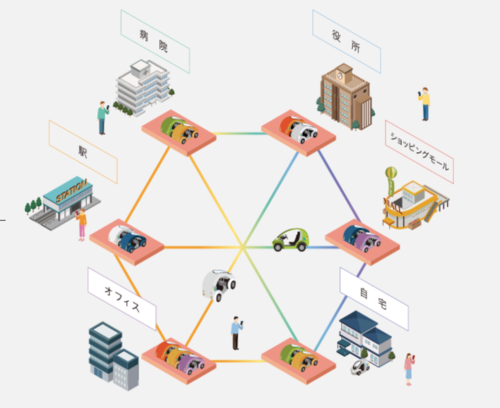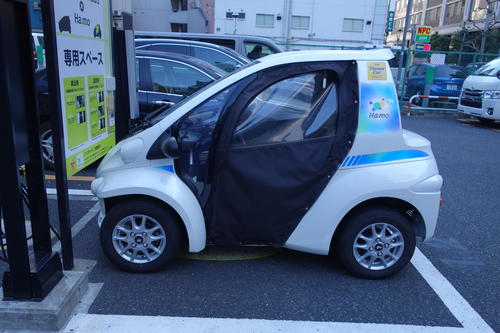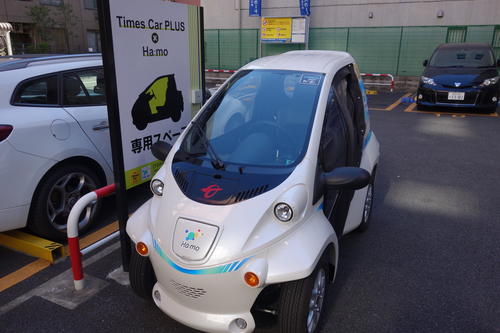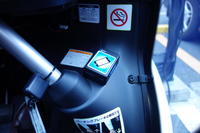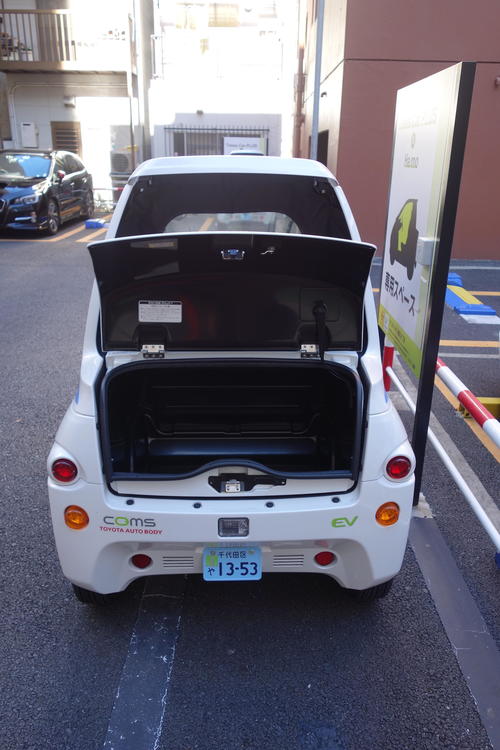On a blog in November 2017, I introduced "Visiting the Mokutaro Kinoshita Memorial Hall (Ito City), becoming a person of Mokutaro Kinoshita". .
/archive/2017/12/post-4762.html
This time, I would like to introduce "Enzo Ota", a four-year-old older brother of Mokutaro Kinoshita, who is famous for being in charge of the bridge of "Eitai Bridge".
He was a good brother who lived in Tokyo when he was a student.
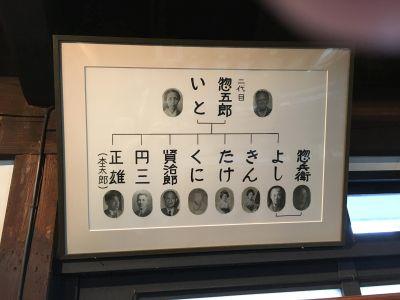
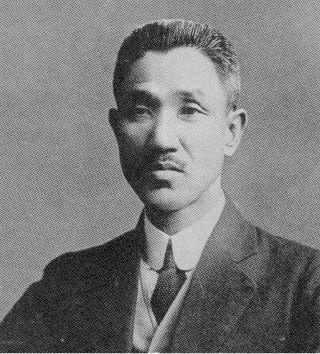
After graduating from the Department of Civil Engineering, Tokyo Imperial University, the second son of the Ota family, Enzo, joined the Railway Work Bureau of the Ministry of Communications, and was in charge of bridge design, construction of the Boso Line and the construction of the Joetsu Shimizu Tunnel, etc. He contributed to the improvement of railway technology in a wide range of ways, including mechanization of construction and the introduction of a method for selecting routes on maps, and was called "genius engineers since the start of railways."
In 1923, when the Imperial City Reconstruction Institute was established to rebuild Tokyo, which was devastated by the Great Kanto Earthquake, he was appointed Director Doki and initially declined due to inexperienced fields, but his best friend Shinji Sogo (after the war, President of the Japanese National Railways at the time of the construction of the Tokaido Shinkansen). The aim was to be a "civilized city of Tokyo" with transportation networks, sanitary facilities, safety and landscape.
*Expansion of roads, etc. in anticipation of the arrival of a car society
*Land Readjustment
*About 150 bridges, including those burned down by the earthquake, such as Eitai Bridge and Kiyosu Bridge, and those newly constructed.
Listening to the opinions of artists such as younger brothers, Motaro, Ryunosuke Akutagawa, and Shohachi Kimura, a bridge that takes into account the landscape.
I went there.
The following figure shows the design of bridges such as Eitai Bridge and Kiyosu Bridge. All were not adopted because of the strange design.

*He explained the necessity of subway 9 and contributed to the realization of the railway network.
(The railway network map shown below may be small and you may not be able to see the station name, but along with the Toden / Shosen Line (JR Yamanote Line, Chuo Line, etc.), high-speed railways (subways) such as Metro Ginza Line and Marunouchi Line are shown. Something like the Tozai Line and Hibiya Line are also drawn. )
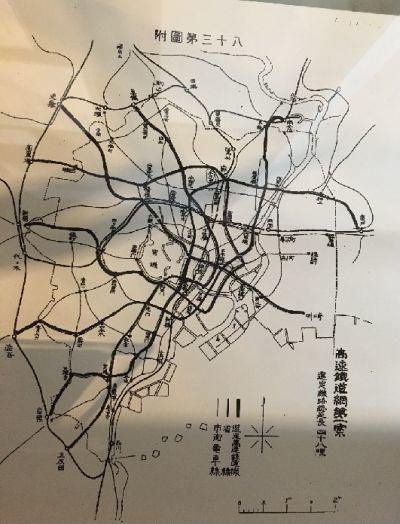
Enzo designed and laid the foundation for the modern city of Tokyo, which continues to the present day.
Enzo devoted his heart to the reconstruction of the Imperial City, but committed suicide on March 21, 1926 in the middle of his will. It is said that it was a sudden incident due to the lack of understanding of land readjustment and the discovery of a prison case of the Reconstruction Bureau (a corruption case related to land acquisition).
He died at the young age of 45.
In 1931, a portrait relief was set up at Nakanoshima Park on the Aioi Bridge of Sumida River. However, since it was destroyed by the earthquake, it was relocated to Kanda Bridge Park as of 1955 (1955).
"Everywhere, the blood of the deceased will flow and the soul will continue to live in the reconstruction project, which is planned and planned without any difficulties," said Masaburo Inoue, former Railway Minister.
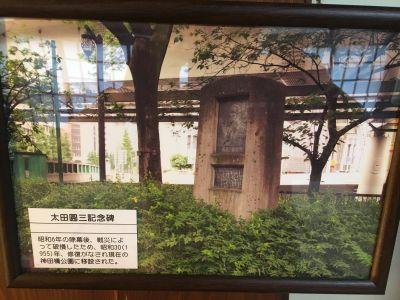
Motaro's poem in memory of his brother Enzo's death is published in the magazine "Venus" Vol. 8, No. 4 (June 1926).
Title "Eitai Bridge Construction"
The eternity of Kibashi, a passing day, gives me a sense of excitement, who was still a boy.
My life was sad, old, and interesting, and my parents and siblings had a heart behind the sake that they had hidden, and they looked at and stood at the bizarre Edo fantasy.
That oh, that major earthquake, a ruinful remnants, unreturned complaints.
Then, while paying attention to the white hair of the front, I looked at the construction of the roaring Shimbashi from the window of the flagship near the bridge, and thought about it.
This can't be helped, the times are changing.
I would like the basics to be scientific as early as possible, and I would like the architectural style to incorporate the classic hobby of Shoge as much as possible.
I was so excited about it.
Nevertheless, while watching the same construction, there is no hope and no excitement now, and I hear that roaring sound in the sky of Uha, and even if I go to tears.
Tokyo, which I liked so much, and Sumida, a comic story.
Life is sad, this is the fireplace of the three worlds
-Oh terrifying legend - maybe someone thought on this bridge during the Edo era, and the same feeling springs up to me today.
The water will move into the corner, and the bridge will also grow 100 years old.
My feeling now is just the shadow of clouds on the surface of the water.
I wonder if wood chips standing in the water going to go (May 1926)
In any era, it is universal that there is an opinion that "I want the basics to be as scientific as modern as possible, and that the architectural style incorporates the classical hobby of Shoge as much as possible." I agree with you.
Other areas|
Ningyocho, Hamacho, Higashinihombashi area|
Tsukuda, Tsukishima, Kachidoki and Harumi areas|
Nihonbashi, Kyobashi and Yaesu areas|
History, culture|
Tsukiji, Shintomi, Minato area|
Kayabacho, Hatchobori, and Shinkawa areas|
Ginza area
Page top▲
